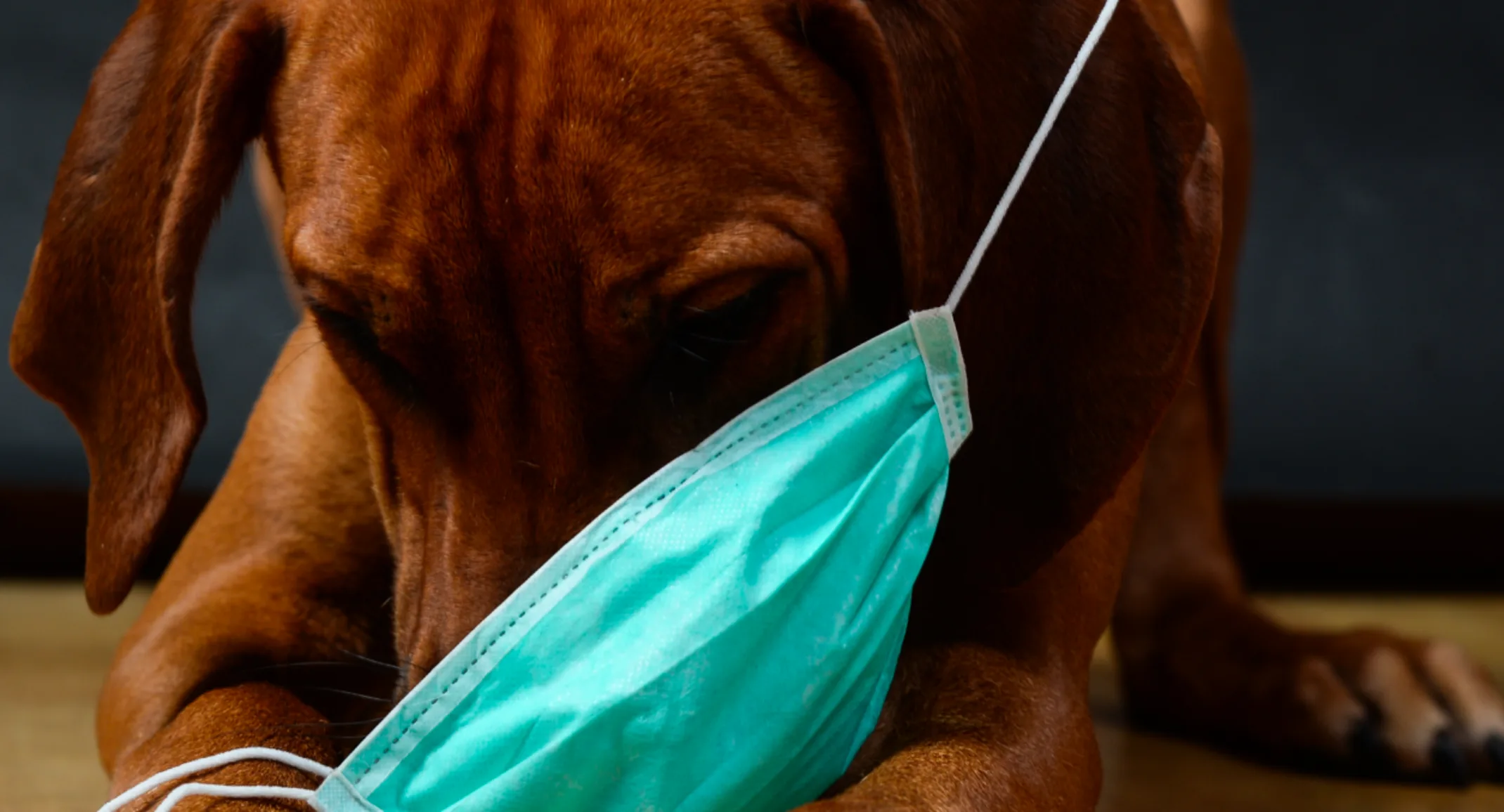What’s Poisonous to Pets? Part 3: Molds and Other Fungi
General

Spring has sprung – and with it, pollen, mold, and more. We’ve talked before about your pet’s allergies, and we’ve spent a couple of weeks talking about things that are poisonous to them. This week, we’re going to talk specifically about the dangers mold can pose to your furry friends. Molds (and other fungi) are found throughout the United States, indoors and out, in both dry and wet climates, in many of the places your pets can go. While most molds simply cause allergic reactions (if they cause any reaction at all), some molds are more dangerous and can be poisonous to pets.
The first thing to keep in mind is that there are different ways pets can come in contact with mold and different ways the mold can affect them. The most common way is the same way we come in contact: airborne mold spores or their byproducts are inhaled and cause an allergic reaction. While we usually start coughing or sneezing, our pets most often get very itchy and start scratching, chewing, or licking excessively. This reaction is called atopy, and there are a number of different ways it can be treated, including with medicated shampoos, allergy pills, and more. Most molds are in this category or are completely harmless.
Airborne molds can, very occasionally, be more harmful, though. Most people know that black mold is dangerous for us, but did you know that it’s also dangerous to your pets? Black mold growths are a common occurrence in wet environments, particularly after flooding or water damage, and it’s been known for some time that it can cause pulmonary problems in humans. However, it wasn’t until 2007 when two Himalayan cats died from pulmonary hemorrhaging that it was determined to be harmful – and occasionally fatal – to our pets.
Black mold is known to be hazardous to both human and pet health, and it can be found in many places in your house – not just in spots that are easy to see!
For black mold (Stachybotrys chartarum) it isn’t the mold itself that’s poisonous to pets, but the mycotoxins on the surface of the mold spores, which are released into the air and then inhaled. Once those mycotoxins enter the bloodstream (of a human or a pet), they begin to damage the liver’s ability to make blood clotting factors which can lead to nosebleeds, bloody urine or stool, and hemorrhages. The toxin can also damage any other cells it contacts. In the case of the two cats that died in 2007, they suffered pulmonary hemorrhages while under routine anesthesia. If your pet has been exposed to black mold, there may be symptoms that look like allergies (wheezing, sneezing, etc., rather than atopy), or your pet may become ill more often due to the toxin weakening her immune system. If you suspect your pet has been exposed to black mold, you should talk to your veterinarian about the best course of action and either remove yourself and your pet from the contaminated environment or clean it thoroughly.
Another common way our furry friends can come in contact with molds (and other fungi, like mushrooms) is by ingesting them. The resulting mycotoxicosis varies in severity by the kind of mold and the amount that was eaten. Commonly ingested items include moldy food (like bread or cheese), compost items, etc… (Cats can also suffer from mycotoxicosis, but it’s rare for them.) Some symptoms of mycotoxicosis include muscle tremors, seizures, panting, vomiting, weakness, uncoordinated movements, and loss of appetite. It’s best to take your pet to the veterinarian as soon as possible, as serious cases need immediate medical treatment. Additionally, treatment is most effective when you can determine what was ingested.
Finally, there are some rare fungal infections worth mentioning because when they do cause illness, they can be severe. Most of these rare infections (with really long names like histoplasmosis, blastomycosis, sporotrichosis, aspergillosis, and coccidioidomycosis) are contracted through inhalation or direct inoculation (through a cut or other wound). Their symptoms are varied and often look like a number of other more common problems. For an accurate diagnosis, it’s important to tell your veterinarian if your pet has been anywhere or in contact with anything unusual. For more information on them, go to this website (they’re listed under “fungal” in the F’s).
The bottom line is this: while serious problems from mold exposure are rare, they need to be taken seriously. If you suspect your pet has been exposed to mold that is poisonous to pets and exhibiting symptoms, you should call your veterinarian immediately. Additionally, you should remove your pet from the contaminated environment – yourself, too! – while the situation is remedied. Luckily, most molds, including toxic black mold, are easily cleaned and remo
